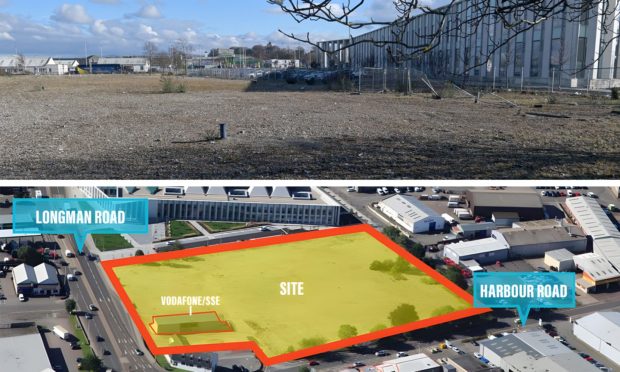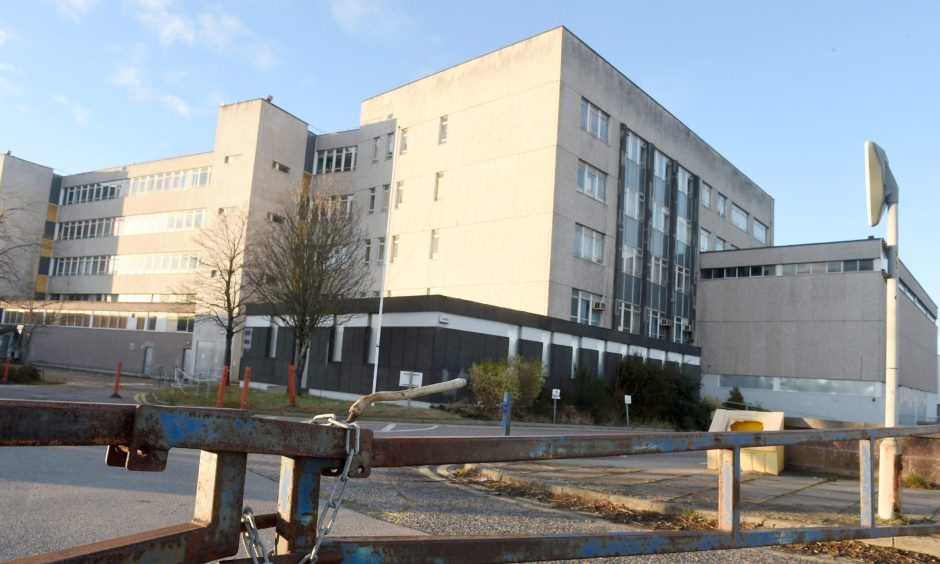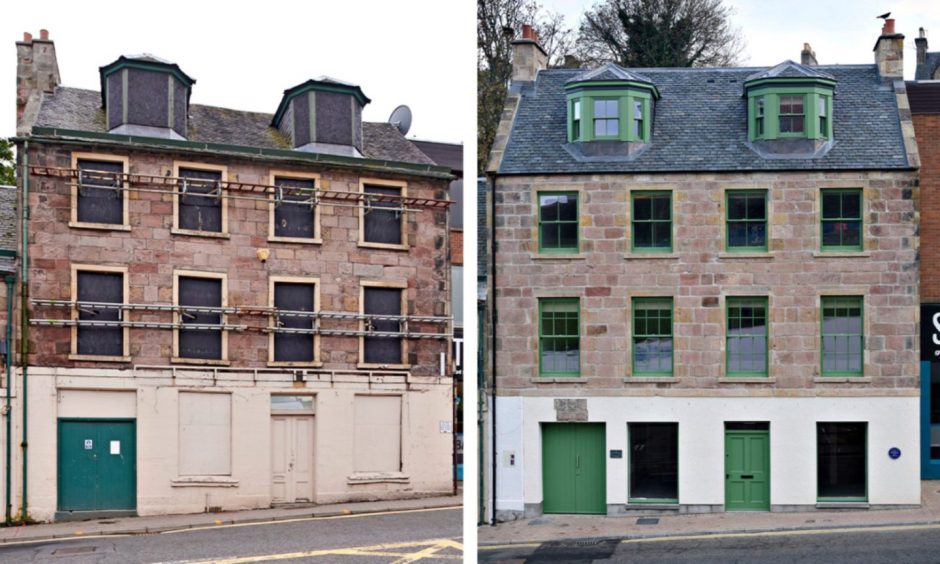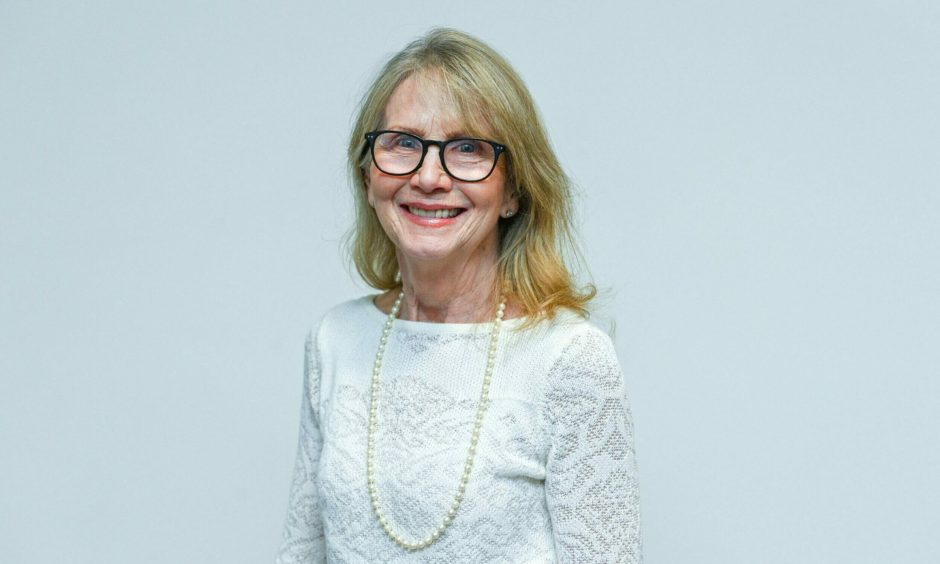A prime site once the home of Inverness College is being earmarked for housing to help encourage more people to live in the city centre.
The area on Longman Road has been lying vacant since the college was demolished in 2019.
It was put up for sale by the University of the Highlands and Islands in January 2021. It is now owned by a company headed by city businessman David Cameron.
Highland Council believes there is potential for around 150 homes in a residential-led development on the site.
In a vision to get more people living in the city centre, they hope to move forward with the plan.
City centre is a prime destination
It says this could allow the city centre to expand and strengthen its role as a prime destination for locals, visitors and investment.
The plot has been identified as having the potential for housing in the Inner Moray Firth Local Development Plan.
It would also fit with Highland Council’s plans to revitalise the city centre as a vibrant place to live, work and visit.
The development plan highlights the need to focus housing development in places that reverse the trend for car dependency and make it easier to walk, wheel, cycle or use public transport.
It says key regeneration projects include the multi-million pound upgrade of Inverness Castle into a world class tourist attraction.
A new hotel opened in Glebe Street and another is planned for Rose Street, while there are also plans to regenerate the rail station.
In addition, the council is pushing ahead with plans for Academy Street, including reducing traffic in the city centre.
The report says: “A range of important opportunities are either planned or have commenced that aim to get people living back in the city centre.
New homes created in centre
“Such an approach contributes to improving the district’s vibrancy and vitality and provides opportunities for sustainable living, working and leisure.”
Over the last six years the council and the Highland Housing Alliance have developed eight housing developments in the city centre.
This has seen around 180 new homes created in locations including in Raining’s Stairs, Midmills, Union Street, Castle Street, Church Street and Academy Street.
Feasibility studies were carried out on long-term empty properties at Viewhill House and the Eastgate Hostel, but neither was currently financially viable.
A council spokeswoman said: “The overall goal is to increase the number of people living and working in the city centre to support the city centre economy.
“The council recognises the core priority of making the city centre a great place to live in its city centre development brief and the Inner Moray Firth Local Development Plan.”
She said the council and HHA can deliver social, mid-market and low-cost home ownership options.
“But we require private developers to deliver homes to buy and rent in the city centre to stimulate demand.”
Highlands needs 24,000 more home in the next decade
Last week we revealed the Highlands needs to build an extra 24,000 houses in the next 10 years to meet current and future needs.
Inverness Provost Glynis Campbell Sinclair is chair of the council’s housing and property committee.
She said the college plan is only at discussion stage.
“If this were to come off it would certainly be a way of bringing people back into the city.”
She said she remembers families previously living above shops and offices in High Street, Church Street, Queensgate and Union Street.
“Perhaps we could also consider bringing the empty properties above the shops in these streets back to life?”




Conversation